Die for the emperor. Sakura flower squadrons
The exact number of rams committed by Soviet pilots is unknown (it is assumed that they could be around 600), the largest number recorded in the first two years of the war. Around 500, the crews of other aircraft sent their vehicles to enemy targets on the ground. The fate of A.P. Maresyev, however, besides him, still 15 of the Soviet pilots continued to fight after the amputations of the lower limbs.
In Serbia, at that time, partisans said: “We must hit with a club tank. It doesn’t matter that the tank crushes you - the people will write about the hero of the song. ”
However, even against this background, Japan surprised the whole world by putting mass suicide bombers on a stream.
We must say right away that in this article we will not touch on the war crimes committed by the Japanese army proved by the Tokyo International Court, fleet and the imperial house. We will try to talk about the hopeless attempt of 1036 young Japanese, some of whom were almost boys, to win an already lost war at the cost of their lives. It is noteworthy that the army and navy pilots, the only ones from the Japanese military, were not included in the number of war criminals by the Tokyo Tribunal.
Taisintai. Unique military units of Japan
Before the appearance of suicide bombers in the Japanese army of the Teisintai units, only the Elders of the Assassins in the Middle East purposefully attempted to train. But the differences between the assassins and members of the Japanese Taishinta formations (which included kamikaze squadrons) are much more than similarities. Firstly, the organization of the assassins was not a state one and was frankly terrorist in nature. Secondly, fanatical Fedayin militants were absolutely not interested in the identity of the victims, or the political situation in the surrounding world. They just wanted to be in the Garden of Eden as promised by another Elder of the mountain as soon as possible. Thirdly, the "elders" treasured their personal safety and material well-being, and were in no hurry to meet with the Guries. In Japan, for the first time in the history of mankind, the training of suicide bombers was conducted at the state level, moreover, they were singled out in a special kind of military. Another difference is the atypical behavior of many commanders of kamikaze units. Some of them shared the fate of their subordinates, rising into the air for the latest, absolutely hopeless and suicidal attack. For example, the generally recognized leader and commander of Japanese suicide bombers, the commander of 5 Air Fleet, Vice Admiral Matome Ugaki. It happened on the day of the surrender of Japan - 15 August 1945 g. In his last radiogram, he said:
Together with him, the last pilots of his corps were killed. Other commanders chose to commit ritual suicide, for example, Vice Admiral Takijiro Onishi, who was called the "father of kamikaze." He made a hara-kiri after the capitulation of Japan. At the same time, he abandoned the traditional help of the “assistant” (which was supposed to relieve him of his suffering, immediately cutting off his head) and died only after 7 hours of continuous torment. In a suicide note, he wrote about the desire to atone for his part of the blame for the defeat of Japan and apologized to the souls of the dead pilots.
Contrary to popular belief, the overwhelming majority of kamikazes were neither fanatics fooled by militaristic or religious propaganda, nor soulless robots. Numerous stories of contemporaries testify that, setting off on their last flight, young Japanese experienced neither delight nor euphoria, but quite understandable feelings of longing, doom, and even fear. The verses below speak of the same:
Our base remained down on a faraway land.
And through the haze of tears that filled our hearts
We see our comrades waving goodbye to us! ”
(Anthem of the Kamikaze Corps "Gods of Thunder".)
And turn into ashes,
Not having time to bloom,
Like the colors of black sakura. ”
(Masafumi Orima.)
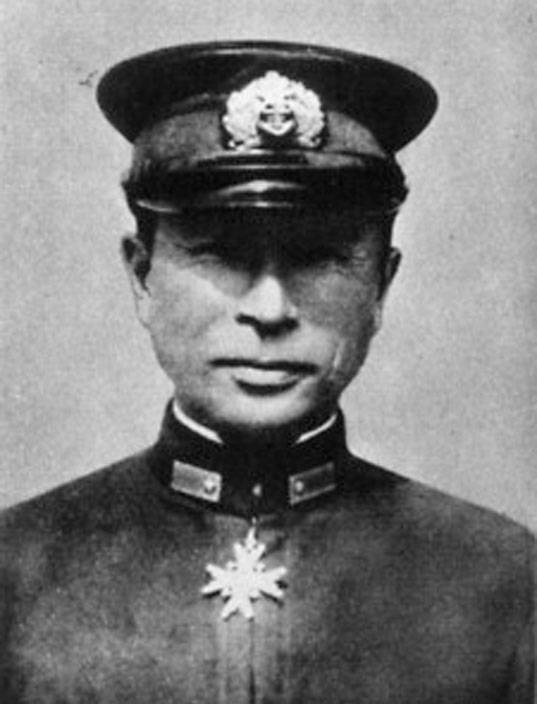
Many pilots, according to custom, composed suicide poems. In Japan, such poems are called jisay, the song of death. By tradition, jisay were written on a piece of white silk, then they were placed in a wooden box of his own (“bako”) - along with a strand of hair and some personal thing. In the caskets of the youngest kamikaze lay ... baby teeth (!). After the death of the pilot, these boxes were transferred to relatives.
Here are the last poems of Irosy Murakami, who perished on 21 in February of 1945 at the age of 24 years:
I ask myself - how is mom managed by housework
With her frostbitten, fragile hands. ”
But what is the entry in his diary left by Hayashi Ishizo (12 died on April 1945):
So, the Japanese kamikaze pilots were neither supermen, nor “iron men”, nor even the little animals from the Hitler Youth, fooled by the Nazi propaganda. And yet, fear did not prevent them from fulfilling their duty to their homeland - in the only available, as it seemed to them, form. And it seems to me that it deserves respect.
Traditions "weights" and "bushido"
But why it was in Japan that the mass training of these unusual suicide bombers became possible? To understand this, it is necessary to recall the peculiarities of the national character of the Japanese, the most important part of which is the concept of duty of honor (“weights”). This unique moral installation that has been cultivated in Japan for centuries compels a person to do things against advantage and often even against his own will. The first European travelers who visited Japan in the 17th century were extremely surprised that the “duty of honor” in Japan was obligatory for all the inhabitants of this country - not only for privileged estates.
Italian traveler Alessandro Valinhavo wrote about the Japanese.
The Catholic missionary Francois Xavier (Jesuit general, patron saint of Australia, Borneo, China, India, Goa, Japan, New Zealand) agrees with the Italian:

Another surprising discovery that the Europeans made in Japan was a statement of an incredible fact: if life is the highest value for a European, then “correct” death is the highest value for a Japanese. The samurai code of honor of Bushido allowed (and even demanded) a person who for some reason does not want to live or considers his future life to be dishonorable, to choose himself death - at any time he deems suitable, convenient. Suicide was not considered a sin, the samurai even called themselves “in love with death.” Europeans were even more struck by the custom of ritual suicide “followed” - junsy, when vassals committed hara-kiri after the death of their suzerain. Moreover, the strength of the tradition was such that many samurai ignored the order of Shogun Tokugawa, who banned junsy in 1663, threatening disobedient with the execution of relatives and confiscation of property. Even in the twentieth century Junsy was not uncommon. For example, after the death of Emperor Mutsichito (1912), the suicide of the follow was committed by the national hero of Japan, General M. Foot, the one who commanded the army besieging Port Arthur.
However, during the reign of the shoguns, the samurai estate was closed and privileged. It was the samurai who could (and should) have been warriors. Other residents of Japan were forbidden to take in hand. weapon. And, of course, even the speech could not be about ritual suicides. But the Meiji revolution, as a result of which the samurai class was abolished, led to an unexpected and paradoxical result. The fact is that in 1872, Japan introduced universal conscription. And military service, as we remember, in Japan has always been the privilege of the elite. And therefore, among simple Japanese - children of merchants, artisans, peasants, she became extremely prestigious. Naturally, the new soldiers had a desire to imitate the "true" warriors, and the warriors were not real, about which they, in fact, knew little, and the ideal - from medieval poems and stories. And because the ideals of bushido are not a thing of the past, but on the contrary, they suddenly spread widely in the environment where they had not been thought of before.
According to the ancient samurai tradition, perceived now by other Japanese, the feat accomplished for the benefit of comrades in arms or for the benefit of the clan became the property of the whole family, which was proud of the hero and kept in memory of him for centuries. And during the war with an external adversary, this feat was accomplished for the good of the whole nation. Such was the social imperative that reached its apogee during the years of World War II. About the special "love" of the Japanese to death in Europe and the United States learned during the Russian-Japanese war. The public was particularly impressed by the story of how Japanese soldiers and officers before the assault on Port Arthur, defending their right to an honorable death, attached a severed finger to a written request to identify them in the first column.
After the capitulation of Japan in 1945, the Americans, according to a scheme tested in Nazi Germany, first confiscated Japanese war films - and said with great amazement later that they had never before seen such overt and harsh anti-war propaganda. It turned out that the combat exploits in these films are told in passing, as if in between times. But a lot and in detail - about the physical and moral sufferings experienced by the heroes, associated with the pain of wounds, the disorder of life, the death of relatives and friends. Such films were considered patriotic in Japan at that time. It turned out that when viewing them, the Japanese did not feel fear, but sympathy for the heroes suffering and sacrificing themselves, and even the desire to share with them all the hardships and military life. And, when the first kamikaze connections began to form in Japan, volunteers turned out to be three times more than airplanes. Only at first professional pilots went on flights with the kamikaze mission, then yesterday’s schoolchildren and first-year students, younger sons in the family (the older sons did not take on death row - they had to inherit the family name and traditions). Due to the large number of applicants, they took the best ones, so many of these guys were excellent students. But let's not get ahead.
Squadron of special attacks "divine wind"
Already by the summer of 1944, it became clear to all that, thanks to the enormous industrial potential, the United States gained an overwhelming advantage in the Pacific theater of operations. At first, every Japanese aircraft was met in the sky by an 2-3 enemy fighter, then the balance of forces became even more tragic. The best military pilots of Japan, who started the war from Pearl Harbor, were defeated and died, fighting against numerous enemy Mustangs and Aerokobr, who, moreover, were superior to their aircraft in technical terms.
Under these conditions, many Japanese pilots, seriously experiencing their helplessness to inflict at least some damage to the enemy, began to sacrifice themselves consciously. Even during the attack on Pearl Harbor (7 December 1941), at least four Japanese pilots sent their wounded bombers and fighters to American ships and anti-aircraft artillery batteries. Now, at the last suicide attack, the Japanese had to send intact aircraft. American historians have calculated that even before the “kamikaze era” of 100, Japanese pilots attempted rams.
Thus, the idea of creating detachments of suicide pilots literally soared in the air. The first who officially announced it was Vice-Admiral Takijiro Onishi, already mentioned by us. October 19 1944, he, realizing the impossibility of confronting the enemy in conventional battles, did not order, but offered his subordinates to sacrifice themselves in order to save the Japanese ships in the Philippines. This proposal found widespread support among military pilots. As a result, a few days later, the first “Squadron of Special Divine Wind Attacks” - “Kamikaze Tokubetsu Kogekity” was created on the island of Luzon. This name may seem to many to be extremely pompous and pretentious, but in Japan it surprised no one. Every schoolchild in the country knew the textbook history of the unsuccessful attempt of the Mongols to conquer Japan. In 1274, Chinese engineers and workers built for the Mongol Khan Kubilai (the grandson of Genghis Khan) around the 900 ships, on which the forty-thousand army of the invasion went to Japan. The Mongols had a great combat experience, were distinguished by good training and discipline, but the Japanese resisted desperately and Kubilai did not succeed in a quick victory. But losses in the Japanese army grew every day. The previously unknown Mongolian archery tactics, which, without aiming, simply bombarded the enemy with a huge number of arrows, particularly annoyed them. In addition, the Mongols, according to the Japanese, fought dishonestly: they burned and ravaged villages, killed civilians (who, having no weapons, could not defend themselves), and several people attacked one soldier. The Japanese could not hold on for long, but a powerful typhoon scattered and sank the Sino-Mongolian fleet. Left without support from the mainland, the Mongolian army was defeated and was destroyed. After 7 years, when Khubilai repeated his attempt to invade Japan, a new typhoon sank his even more powerful fleet and more numerous army. It was these typhoons that the Japanese called the "divine wind." The planes, which, “falling from the sky”, were to sink a fleet of new “barbarians”, caused a direct association with the events of the XIII century.
It should be said that the well-known word “kamikaze” in Japan itself has never been used and is not used. In Japanese, this phrase is pronounced like this: “Tokubetsu Ko: geki tai”. The fact is that the Japanese serving in the American army read this phrase in another transcription. Another case of this kind is the reading of the characters "mi-ben" as "i-pon", and not "nip-pon". But, in order not to confuse the readers, in this article, nevertheless, the word “kamikaze” will be used as a more familiar and familiar term to all.
In schools of suicide pilots, isolated recruits isolated from the outside world not only became acquainted with the design of aircraft, but also practiced sword fencing and martial arts. These disciplines were to symbolize the continuity of the ancient martial traditions of Japan. The cruel orders in these schools, where, ready to sacrifice yesterday’s children voluntarily, were regularly beaten and humiliated, in order to “increase their morale”, are surprising. Each of the cadets received a Hashimak dressing, which served as a hoop for hair and protection from sweat dripping from their foreheads. For them, it became a symbol of sacred sacrifice. Before the departure, a special ceremony was held with a ritual cup of sake and, as the main relic, a short sword in a brocade scabbard was handed, which should have been held during the last attack. In instruction to his suicide pilots, Onishi Takijiro wrote:
After the death of the suicide pilot (regardless of the result of his attack), he was automatically given a samurai title, and from that time his family members were officially called “top respected”.
With the kamikaze mission, Japanese pilots most often flew in groups in which three aircraft (sometimes more) were led by poorly trained suicide bombers, two by experienced pilots who covered them, if necessary, even at the cost of their lives.
Taysintai: not only kamikaze
It should be said that the kamikaze pilots' connections were a special case of the phenomenon, which is denoted by the term “tesynthai” and unites all suicide volunteers. In addition to the pilots, so-called, for example, parachutists, who were dumped on enemy airfields to destroy aircraft and tanks with kerosene (for example, the detachment of Giretsu Kuteitai created at the end of 1944).
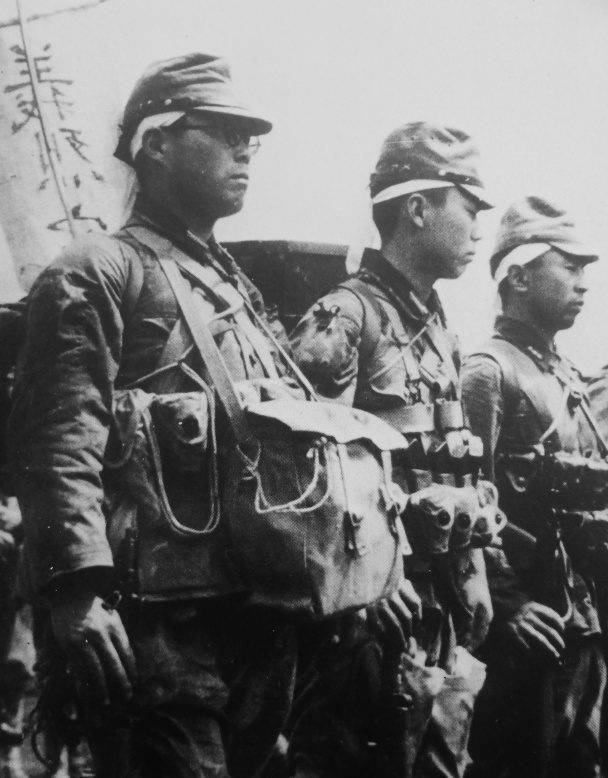
The taishinta sea connections included the suidze tokkotai, a squadron of light launching boats, and put it on, the dwarf submarines cairo and koryu, guided torpedoes kaiten (“changing destiny”), detachments of divers “fukuru” "(" Dragons of the underwater grotto ").
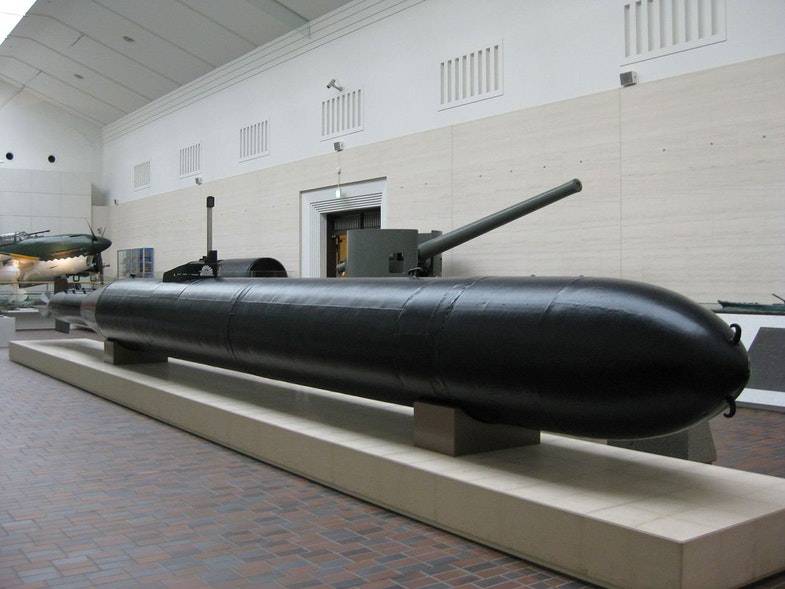
In the ground units, the suicide bombers were to destroy tanks, artillery guns and enemy officers. Numerous troop squads in 1945 were also part of the Kwantung Army: a separate brigade of suicide bombers plus volunteer battalions in each division. Moreover, ordinary citizens often acted in the tesentai style. For example, on Ie Island (near Okinawa), at times, young women (with babies on their backs!) Armed with grenades and explosives became suicide bombers.
It must be said that, in addition to material damage, the actions of "tesintai" had another "side", but very unpleasant psychological effect for the opposing side. The most impressive, of course, were precisely the kamikaze attacks. Eyewitness accounts were sometimes so panicky that the American military censorship at that time deleted from the letters any mention of suicide pilots - "in the name of preserving the morale of the people of the United States." One of the sailors who had a chance to survive a kamikaze raid recalled:
The fear of the kamikaze attacks was such that the sailors of the destroyers and other small ships, seeing the approaching Japanese planes, painted large white arrows on the decks with inscriptions: "Aircraft carriers (much more desirable for the kamikaze target) on that side."
The first ship to be attacked by a kamikaze pilot was the flagship of the Australian fleet, the battle cruiser Australia. October 21 The 1944 of the year carrying an 200-kilogram bomb crashed into the ship's superstructures. Fortunately for the sailors, this bomb did not explode, but the strike of the fighter itself was enough to kill 30 people, including the captain of the ship, on the cruiser.
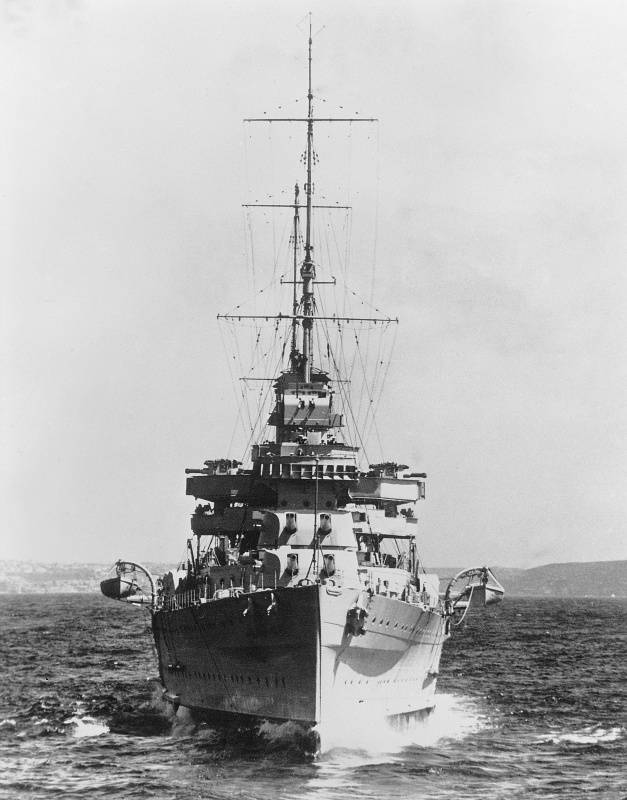
On October 25 of the same year, the first massive attack of an entire squadron of kamikazes took place, which attacked a group of American ships in Leyte Gulf. For the American sailors, the Japanese’s new tactics came as a complete surprise, they could not organize an adequate rebuff, and as a result, the escort aircraft carrier Saint-Lo was sunk, and 6 aircraft carriers were damaged. Japanese side losses accounted for 17 aircraft.
In the course of this attack, several more American ships were struck, which remained afloat, but received serious damage. Among them was the cruiser Australia, already familiar to us: now it has been disabled for several months. Until the end of the war, this ship was attacked by kamikaze 4 more times, becoming a kind of record holder, but the Japanese did not manage to drown it. In total, during the battle for the Philippines, kamikaze sank 2 aircraft carriers, 6 destroyers, 11 transports. In addition, as a result of their attacks, 22 aircraft carriers, 5 battleships, 10 cruisers and 23 destroyers were damaged. This success led to the formation of new kamikaze compounds - Asahi, Sikishima, Yamadzakura and Yamato. Towards the end of World War II, the Japanese Maritime aviation 2525 kamikaze pilots were trained, another 1387 were provided by the army. At their disposal was almost half of all the remaining aircraft in Japan.
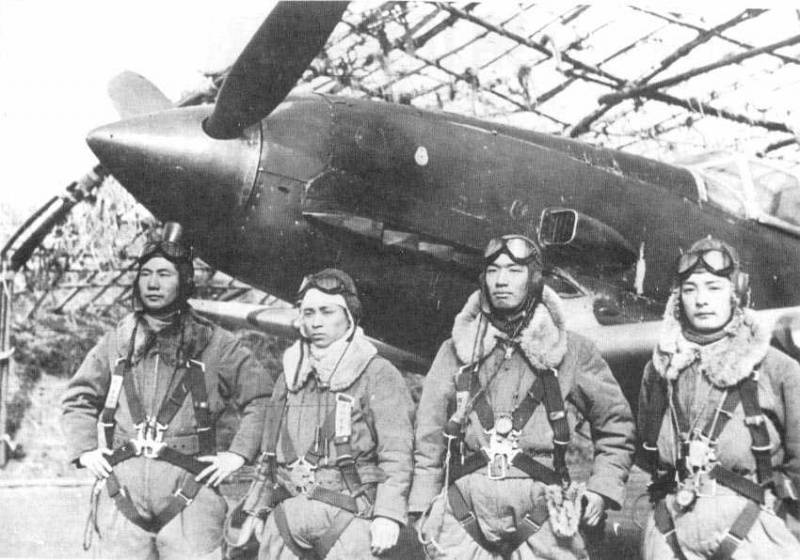
The plane prepared for the Kamikaze mission was usually filled to the brim with explosives, but it could carry conventional torpedoes and bombs: after dropping them, the pilot went to the ram, swooping down on the target with the engine running. Another specially created kamikaze plane (MXY-7 “Oka” - “Cherry Blossom”) was delivered to the target by a twin-engined bomber and was separated from it when an attack object was detected at a distance of 170 cable. Jet planes were installed on this plane, which accelerated it to a speed of 1000 km / h. However, such aircraft, as well as aircraft carriers, were very vulnerable to fighter aircraft, and, moreover, their effectiveness was not great. The Americans called these planes "tank bombs" ("fool bombs") or "assholes": their maneuverability was extremely low, with the slightest mistake in aiming, they fell into the sea and exploded when they hit the water. For all the time of their use (in the battles for the island of Okinawa) recorded only four successful hits "Cherry Blossom" in the ships. One of them literally "flashed" the American destroyer "Stanley", flying through and through - only this saved him from flooding.
And 755 produced such aircraft.
The myth that kamikaze aircraft after takeoff threw off the landing gear is widespread, depriving the pilot of the opportunity to return. However, these planes - Nakajima Ki-115 "Tsurugi", were designed "from poverty" and only at the very end of the war. They used outdated engines 1920-x and 1930-s, just before Japan surrendered about a hundred of such aircraft, and none of them was used for its intended purpose. Which is quite understandable: the goal of any kamikaze was not suicide, but causing maximum damage to the enemy. Therefore, if the pilot failed to find a worthy target for the attack, he returned to the base, and, after several days of rest, went to a new flight. During the fighting in the Philippines, when the first departure attacked the enemy, only about 60% of the kamikazes who had risen to the sky by plane.
21 February 1945, two Japanese planes attacked the US aircraft carrier Bismarck Sea. After hitting the first of them, a fire broke out that was put out. But the blow of the second became fatal, so damaged the fire-fighting system. The captain was forced to give the order to leave the burning ship.
During the battle for Okinawa island (1 April - 23 June 1945, Operation Iceberg), the Kamikaze squadron conducted its own operation with the poetic name "Kikusui" ("chrysanthemum floating on water"). Within its framework, there were ten massive raids on enemy military ships: more than 1500 kamikaze attacks and almost as many attempts of rams made by pilots of other formations. But by this time the Americans had already learned how to effectively protect their ships, and the order of 90% of Japanese aircraft was shot down in the air. But the remaining blows inflicted heavy losses on the enemy: 24 of the ship (from 34, lost by the Americans) were sunk and 164 (from 168) were damaged. The carrier Bunker Hill remained afloat, but during a fire on its board 80 aircraft burned down.
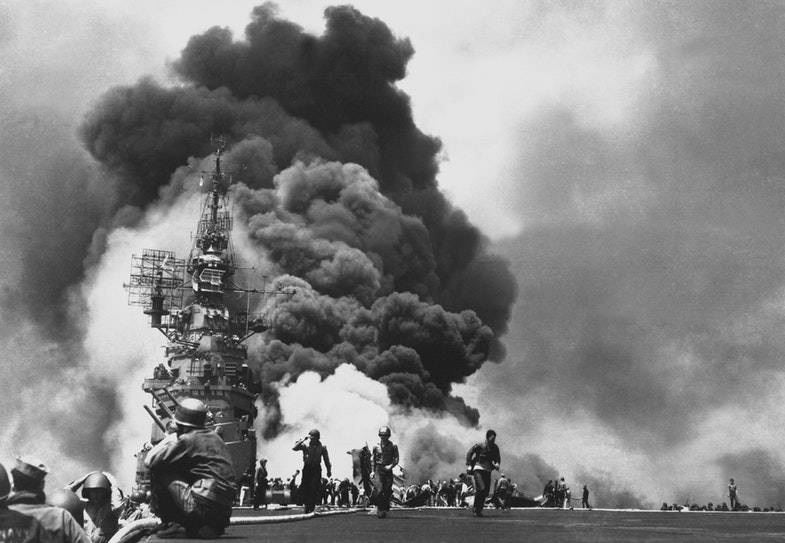
The destroyer Callagen, sunk by 28 on July 1945, became the last warship of the United States destroyed during a kamikaze raid. Throughout its history, the American fleet has not lost so many ships.
And what were the total losses of the US fleet from kamikaze attacks? The Japanese claim that they managed to sink the 81 ship and damage the 195. Americans dispute these figures, according to their data, the losses amounted to 34 sunk and 288 damaged ships, which, however, is also not a little.
In total, 1036 Japanese pilots were killed during the kamikaze attacks. Only 14% of their attacks were successful.
The memory of the kamikaze in modern Japan
Kamikaze suicide attacks could not and could not turn the tide of the war. Japan was defeated and subjected to a humiliating demilitarization procedure. The emperor was forced to publicly declare a renunciation of his divine origin. Thousands of soldiers and officers committed ritual suicide after surrender, but the surviving Japanese managed to rebuild their lives in a new way and build a new developed high-tech society, once again, surprising the world with their economic "miracle." However, according to ancient folk traditions, the feat of the kamikaze is not forgotten. On the Satsuma Peninsula, where one of the schools was located, a kamikaze memorial was built. At the base of the statue of the pilot at the entrance - 1036 plates with the names of the pilots and the date of their death. Nearby is a small Buddhist temple dedicated to the goddess of mercy Kannon.
Monuments to kamikaze pilots are also in Tokyo and Kyoto.
But outside of Japan, too, there is a similar monument. It is located in the Philippine city of Mabalacata, from the airfield of which the first kamikaze aircraft took off.
The monument was opened in 2005 year and serves as a symbol of reconciliation between these countries.
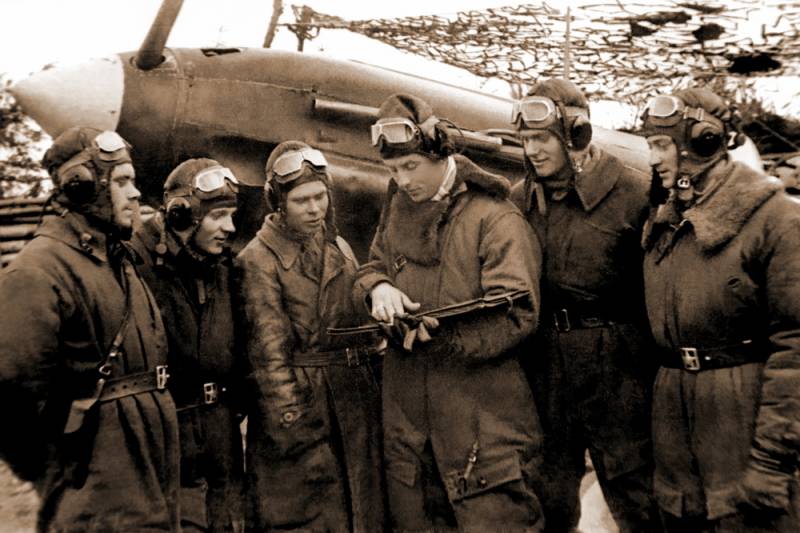
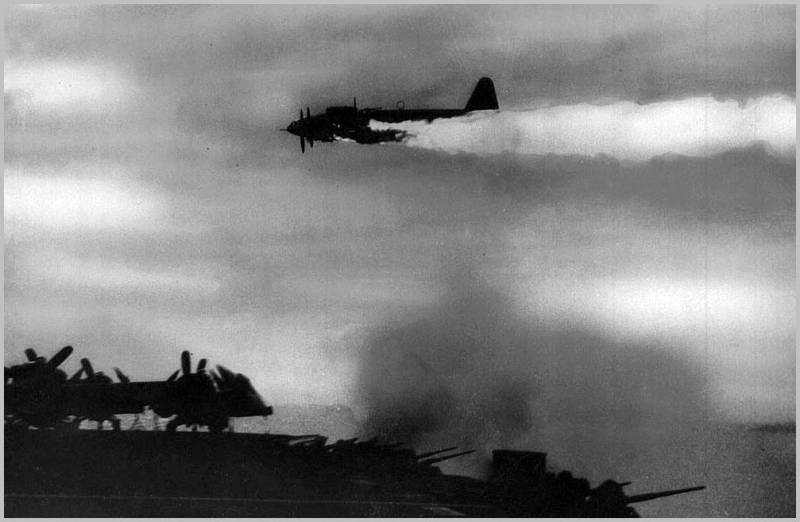
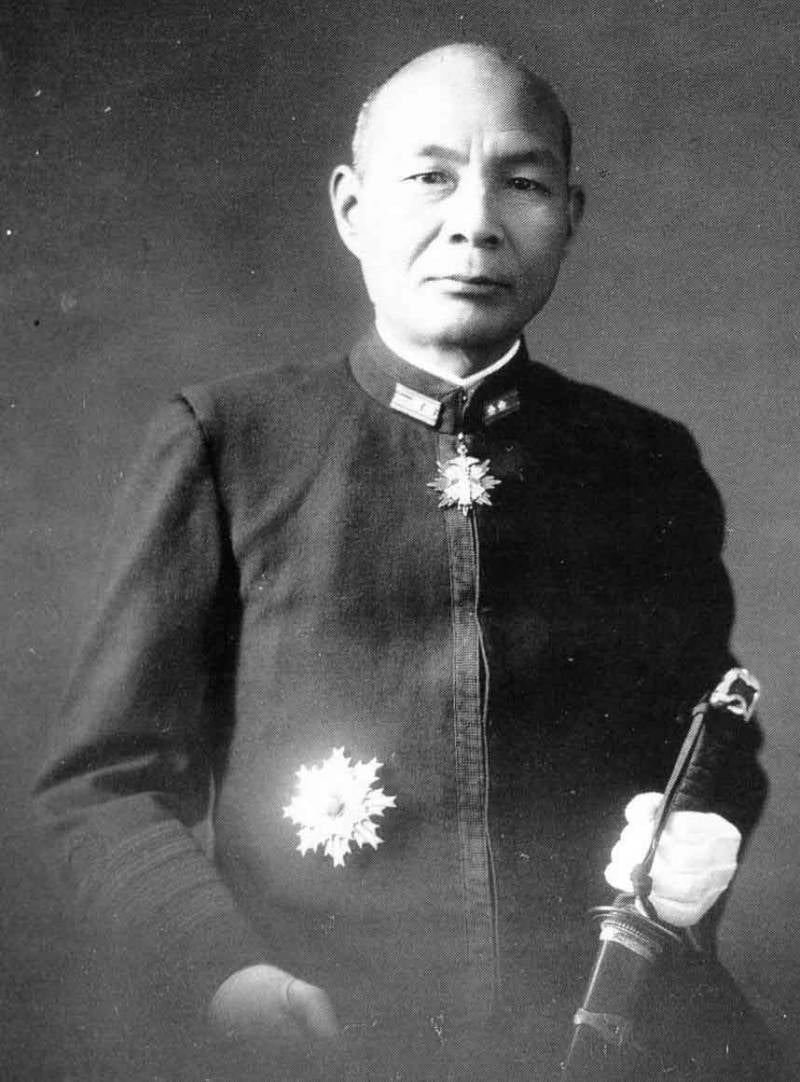
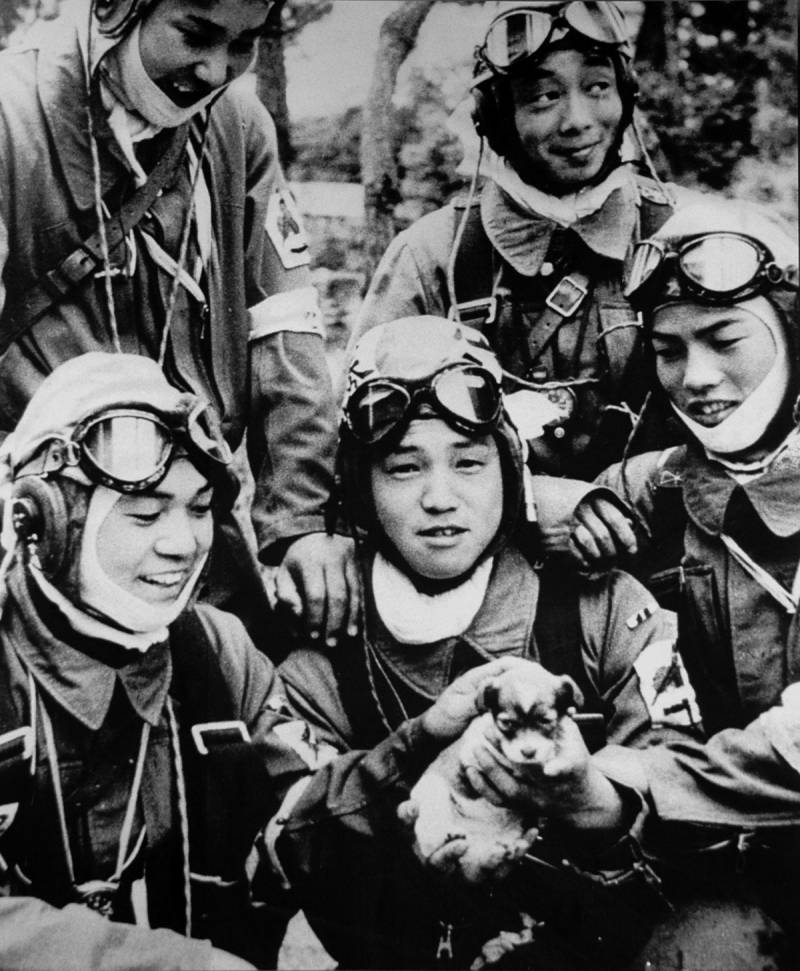
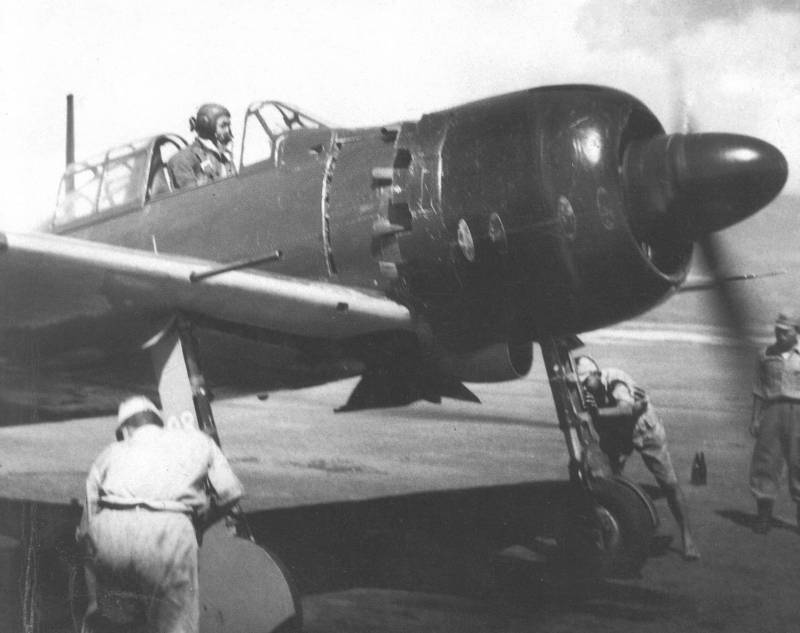
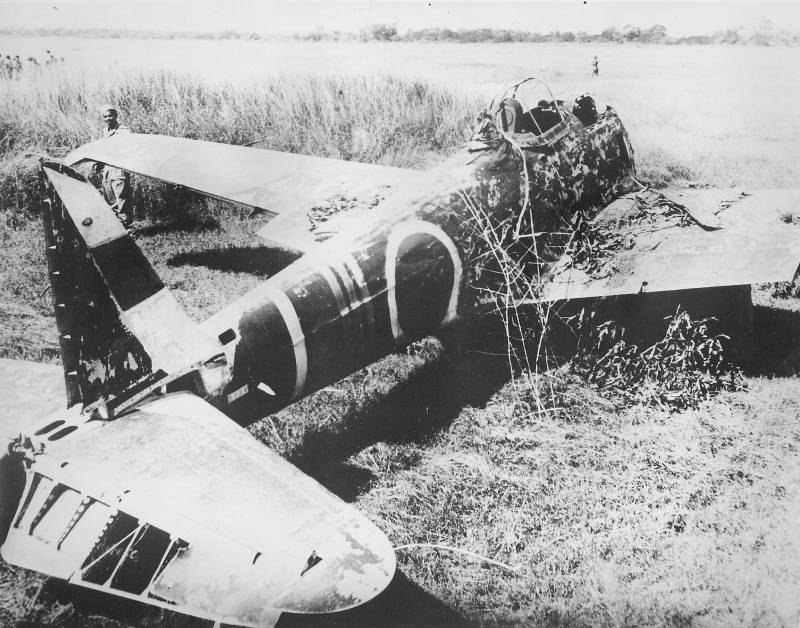
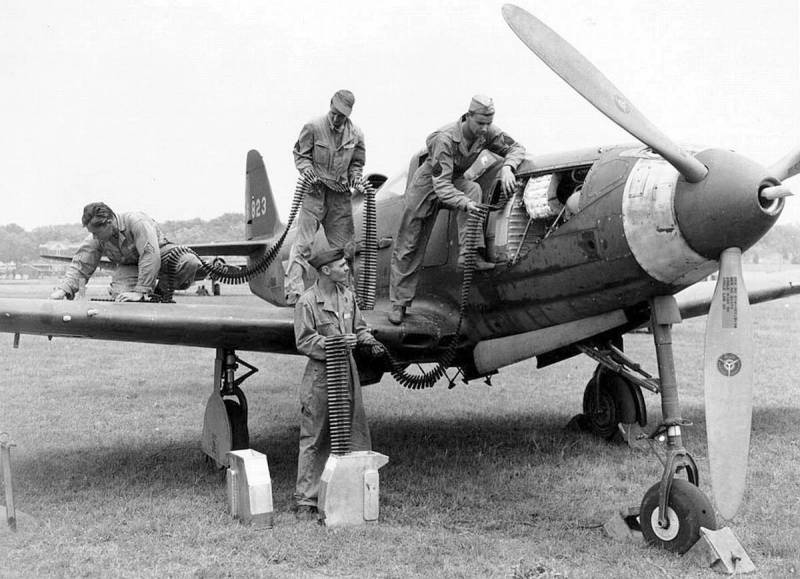
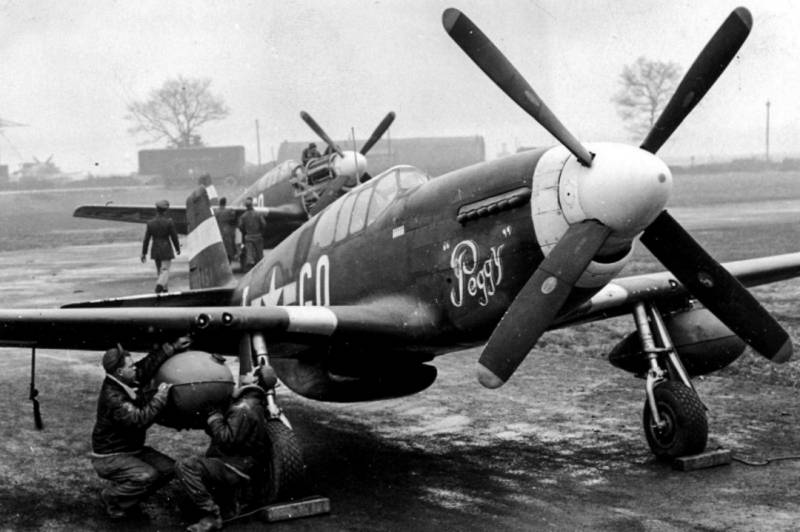
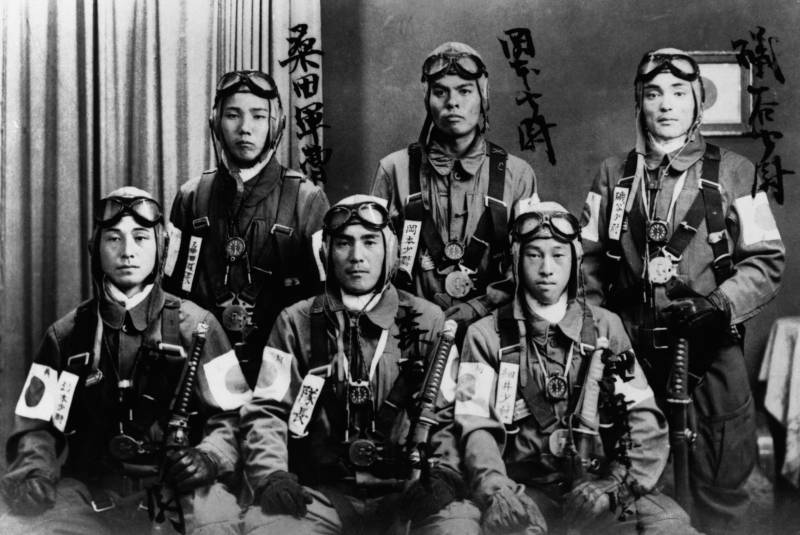
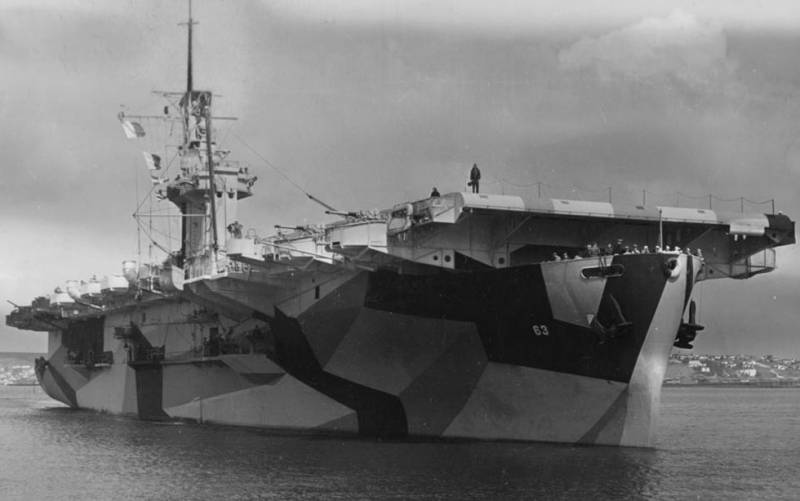
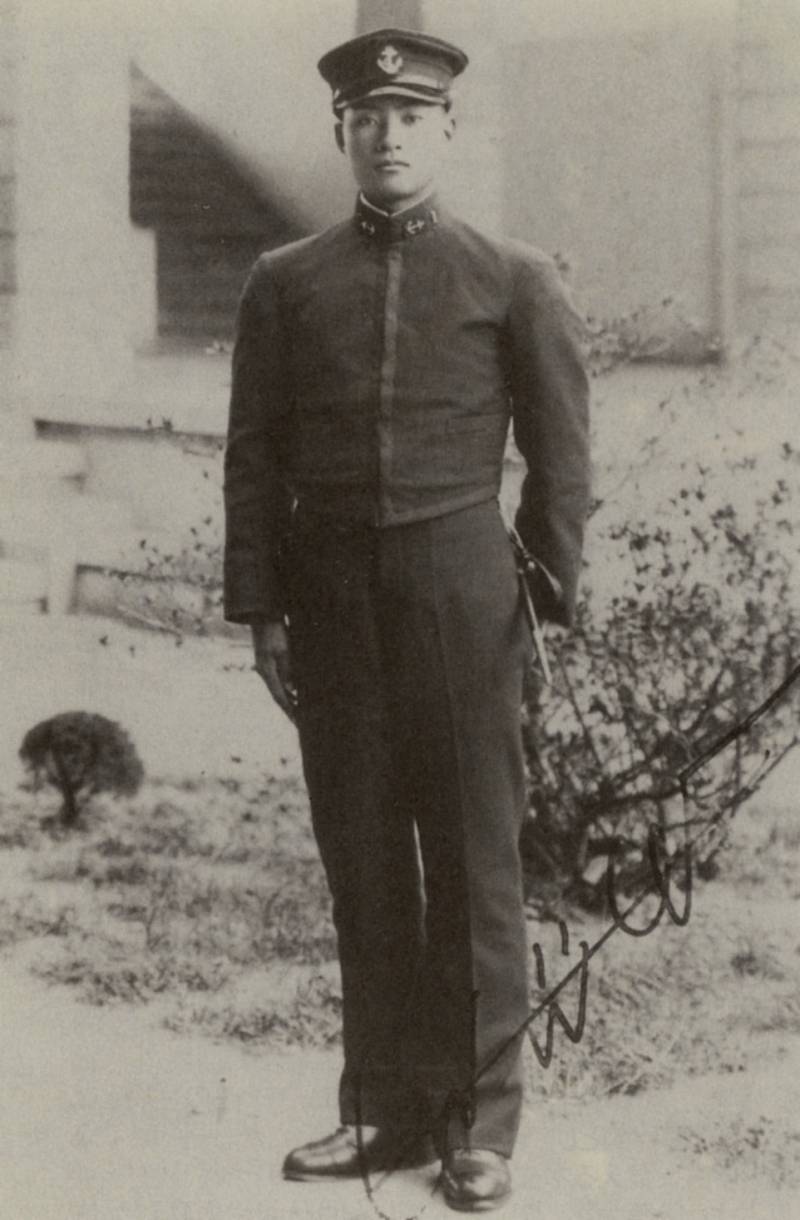
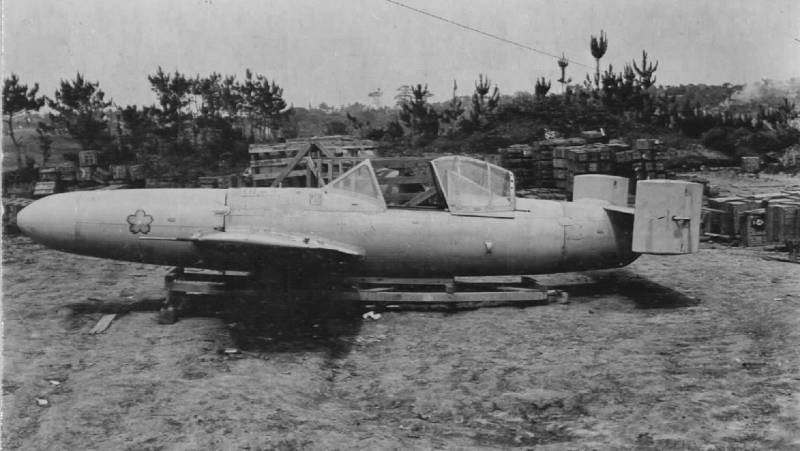
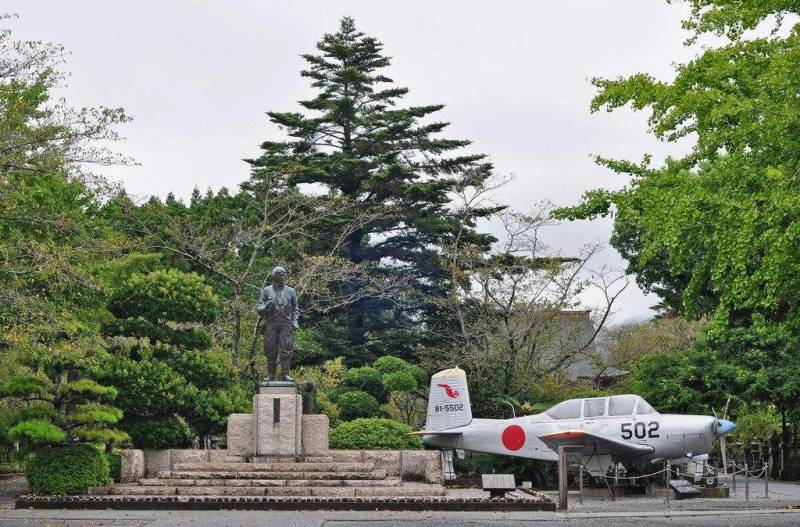
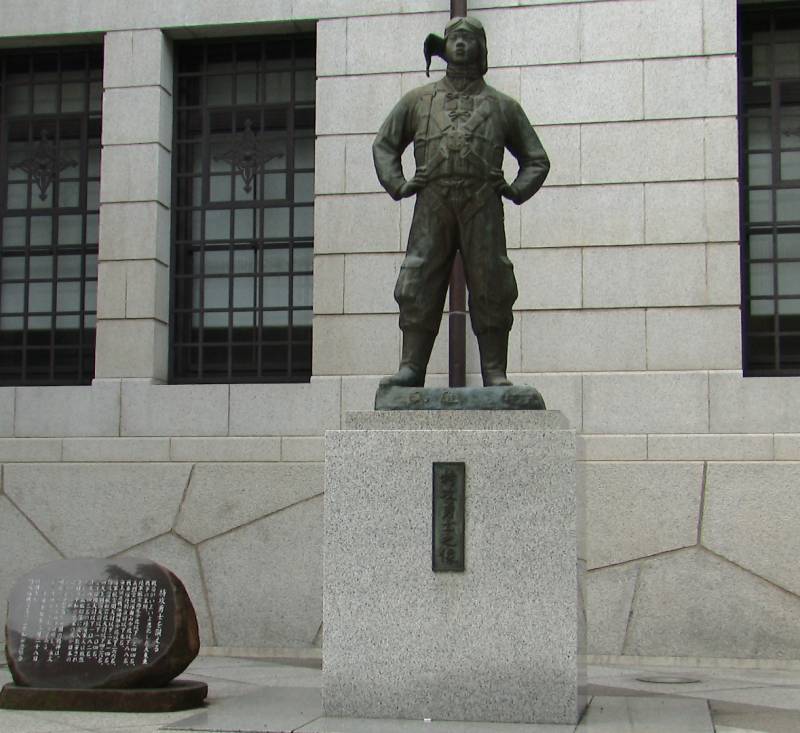
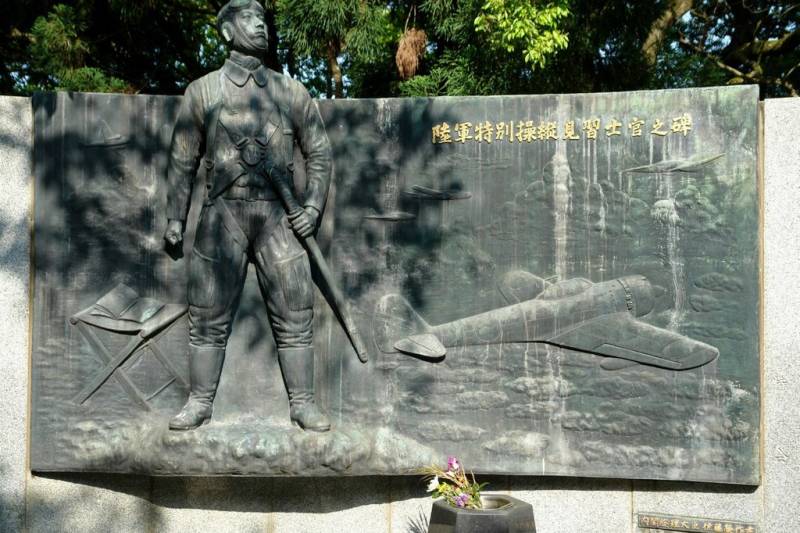
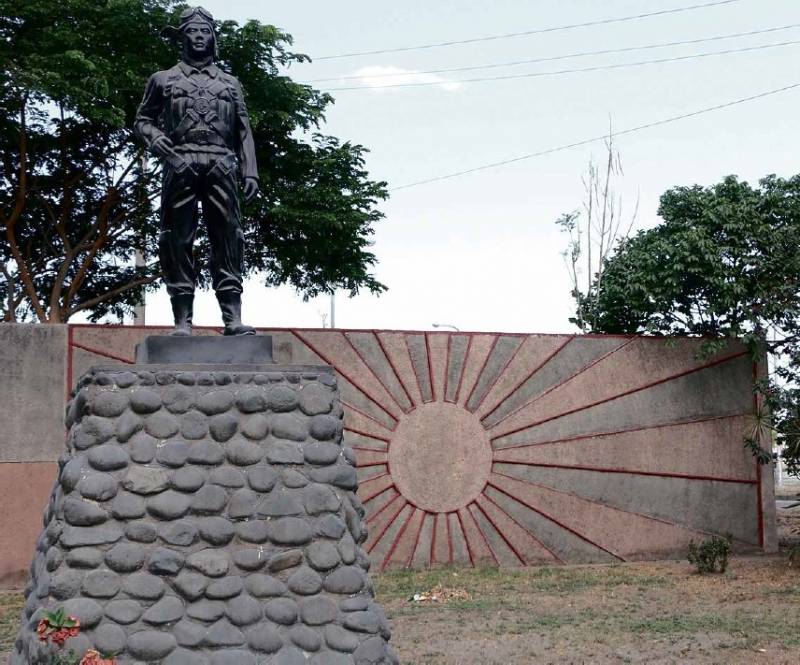
Information